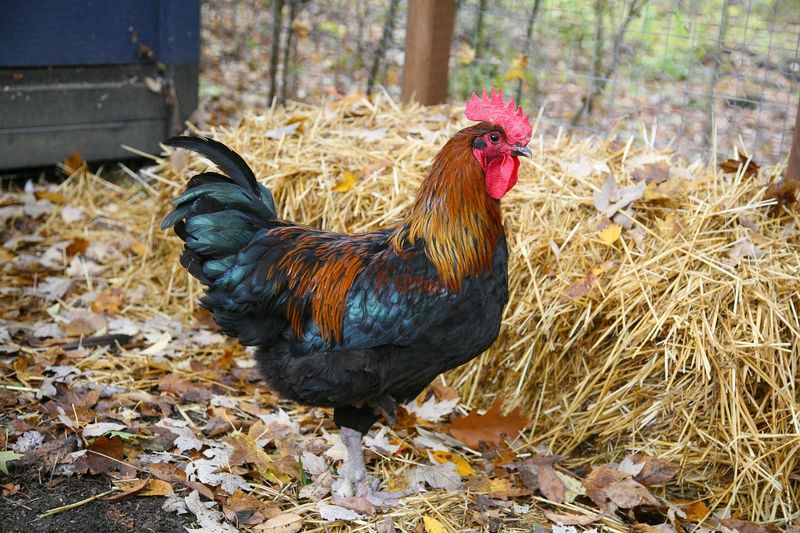
Europe Braces for Avian Flu: Farmers Urged to Act Now
With bird migration season underway, European poultry farmers are being urged to strengthen biosecurity and prepare for avian flu outbreaks.
As autumn arrives, Europe’s poultry sector is once again on high alert. Highly pathogenic avian influenza (HPAI), more commonly known as bird flu, has already hit hundreds of farms across the continent in 2025, and the numbers are climbing.
To get ahead of the threat, the European Commission and the European Food Safety Authority have launched the #NoBirdFlu toolkit. This campaign provides practical, easy-to-follow guidance—translated into every EU language—so that flock owners, especially those running small and medium-sized farms, can protect their birds. The goals are simple but vital: keep animals healthy, safeguard human health, stabilize food supplies, and reduce trade disruptions.
The Current Situation
263 farm outbreaks confirmed so far this year, spanning 20 European countries.
Hungary, Poland, and Italy have reported the highest numbers.
Most cases are linked to the H5N1 strain, which remains the dominant threat.
Large-scale farms haven’t been spared: Spain recently saw over 761,000 laying hens infected, while Portugal lost 257,000 ducks to the virus.
Wild birds are also carriers. Nearly 700 cases have been confirmed among wild species in 2025, with Spain recording more than 250 alone. This raises the risk of the virus spreading to both backyard flocks and commercial farms.
What Farmers Can Do
The #NoBirdFlu toolkit emphasizes biosecurity as the first line of defense. This means:
Limiting contact between poultry and wild birds.
Strengthening hygiene measures on farms.
Quickly reporting suspicious cases to authorities.
Looking Ahead
France is exploring selective vaccination strategies, particularly for ducks, while other countries remain focused on stricter biosecurity. With bird migration season in full swing, experts stress that now is the critical window for prevention.
Bottom line: Europe’s poultry sector faces another tough season with bird flu, but with the right preparation and use of tools like #NoBirdFlu, farmers can reduce the risks to their flocks and livelihoods.
Sources:
